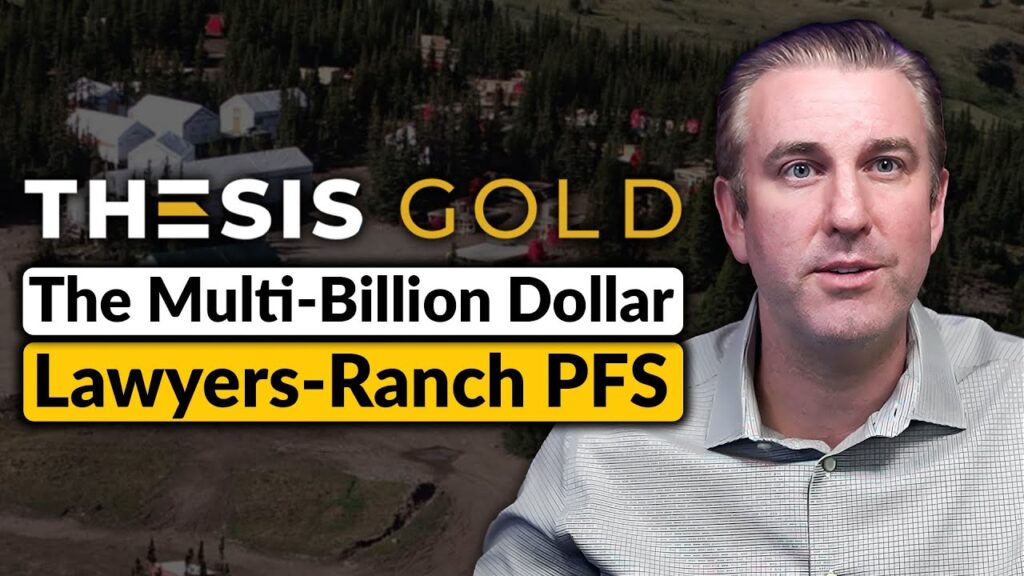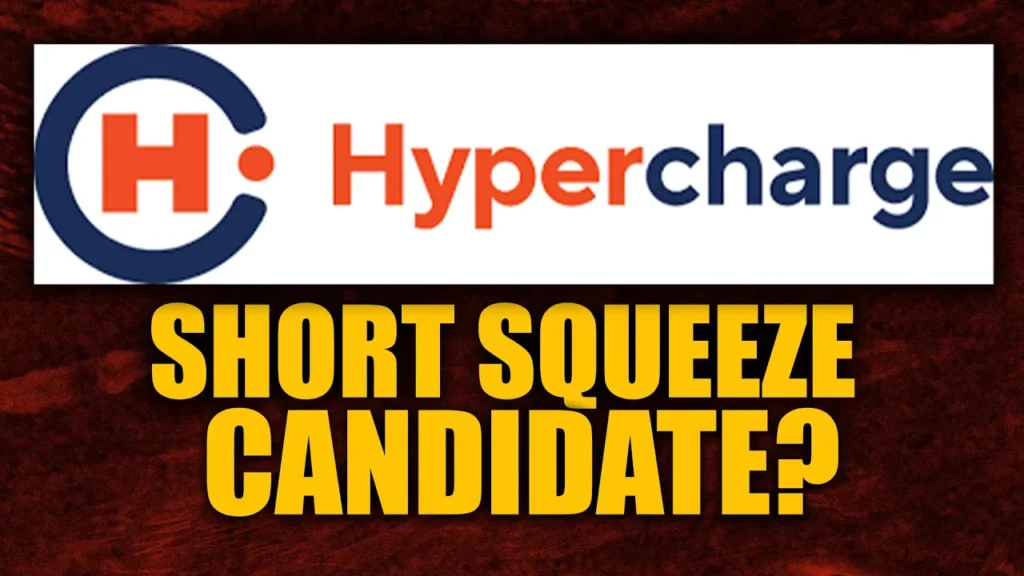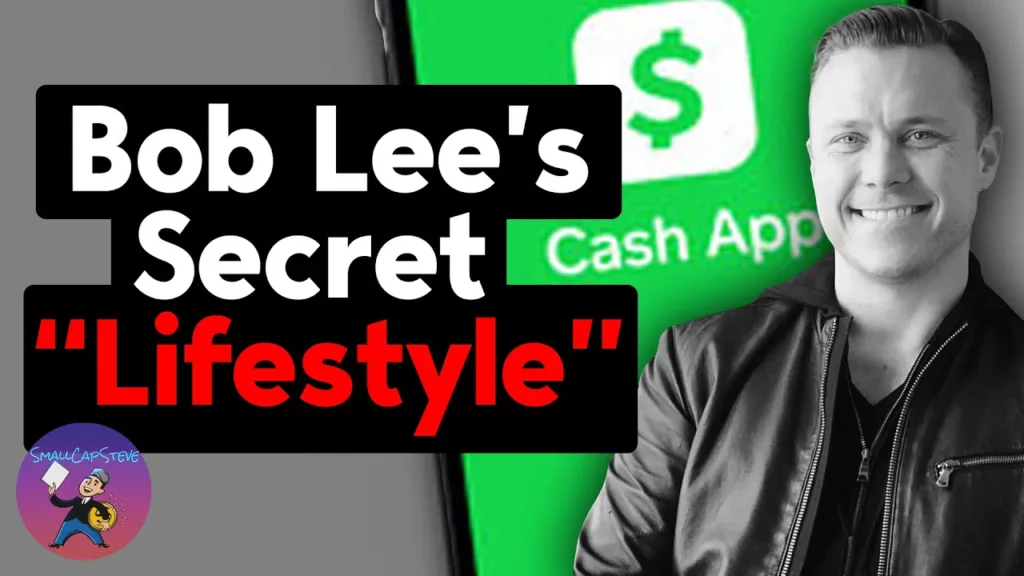Remember those penny auction sites from a decade ago? Where you could place a bid one penny at a time and win a big screen TV for $2.53?
The catch was that to place a bid it cost around the price of a cup of coffee, and of course we all assumed Zeekler had some sort of special arrangement to buy inventory. While, it never really made sense, and eventually it spun into, what some have called the largest ponzi scheme in history.
In a world seduced by the idea of easy wealth, a man named Paul Burks built an empire on hope and dreams. Through Zeekler.com and its captivating offspring, Zeek Rewards, he lured millions of people into a labyrinth of promises.
Beneath the veneer of penny auctions and high profits, however, laid what seems to be the largest Ponzi scheme in history— and no, we’re not talking about Bernie Madoff or the original Charles Ponzis.
This, my friends, is the audacious tale of Paul Burks’ rise and fall — a masterclass in deception, manipulation, and the power of false promises.
Lets dive in.
The origins of zeekler.com
But first, let’s turn back the clock and get to know our main character, Paul Burks, and his masterpiece, Zeekler.com, a little better.
Paul Burks, born in 1947 in Lexington, North Carolina, operated several online businesses under the banner of Rex Venture Group, the parent company of Zeekler.com. But despite his diverse resume, his credentials didn’t include a formal background in finance or investment. The lack of this crucial skill set would ultimately leave the door wide open for the eventual downfall of Zeek Rewards.
But you see, Zeekler wasn’t a Ponzi Scheme from the get go.
Let’s go back to the beginning, 2010, when Burks brought to life Zeekler.com, a penny auction website.
The idea was simple yet seductive. Items were up for grabs, and with each bid, the price escalated by a single penny.
On the surface, it meant dreams could be bought for the cost of a chewing gum wrapper. This virtual marketplace peddled everything from flashy gadgets to cold hard cash. And for some, “it was like winning the lottery, but only better.”
The thrill of the auction, the lure of high stakes and high rewards—it was a game, and everyone wanted to play.
How Zeekler really worked
Many of us were asking at the time, “How does this make sense?”, “How is Zeekler profiting off this if they are selling stuff at a much discounted price? “
That comes down to a simple game of math, mixed in with a drop of deception. You gotta pay to play, and each bid requires a non-refundable fee of 65 cents.

Take this hundred dollar bill for example. It was bought for only $15.12 – which seems like a great steal! But if you look closer, you’ll see that it was won with 719 bids. Since we know that each bid costs 65 cents, this means that Zeekler got $467.35 in fees alone.
After a while, people who were once charmed with this gimmick, began noticing their money was going down the drain. Because yes, while a lucky few managed to snag a win, most folks were just throwing their money into the wind, bidding high and winning nothing – effectively gambling.
And one by one, they packed up their hopes and left Zeekler.com, leading to its epic crash and burn.
Zeek Rewards and unsophisticated investors
And this is where Paul Burks turned to a much darker side of finance.
He whipped out Zeek Rewards, promising a daily return of a whopping 1.5%. To most people – especially those who are respectfully financially illiterate, it sounds like a small daily return. But annualized, it works out to a little over 23,000%.
Of course, Burks wasn’t looking for Wall Street wizards, oh no. He was fishing for the little guys, the ones who could only dream about that kind of cash. And he used a big, shiny lure: the promise of easy money.
The premise was simple. Join the rewards program, put a few ads on the internet, and voila, you’ve got yourself a slice of Zeekler’s profits.
Or at least, that’s what it looked like on the surface. Dig a little deeper and things started to get murky. You had to cough up a monthly fee, buy some ‘VIP Bids’ at a buck a pop, and place an ad for Zeekler.com. Which they made super easy, in fact some people used a simple code on GitHub to do it for them.
Seemed like a small price to pay for a big payoff, right? But there was another twist in the tale: most of the bids were just gathering dust.

Then came the ‘Customer Co-Op Program’, a new way that Zeek Rewards allowed its affiliates to earn money. The program claimed that affiliates could purchase “VIP bids” to give away to new customers, and in return, they would earn a share of the daily profits from Zeekler’s penny auctions.
The “Customer Co-Op Program” was a marketing scheme where affiliates could pool their money to buy bulk advertising. The idea was that the advertising would help bring in new customers for the penny auctions, and the affiliates participating in the co-op would receive VIP bids to give away, which would allegedly increase their profit share.
However, the so-called customers the program was yielding were just as real as leprechauns, and the ‘VIP Bids’ were just vanishing into thin air. But by then, folks were hooked. They were seeing dollar signs, not red flags.
By the end of 2012, Zeekler had turned into a full-blown Ponzi factory, cranking out more than a million ‘affiliates’. The folks were so eager to keep their profit points, they didn’t even ask for cash. Which for a brief period of time, had Burks laughing all the way to the bank.
But the real kicker? If everyone hit cash out each day on their slice of the pie, Zeekler would’ve been on the hook for a cool $45 million daily.
So, what made this scam so successful? Simple. They made it look like a legitimate business. The cartoonish logo, the ad placement activity, the auction platform – it all looked as innocent as a kitten.
The fall of Zeekler
But every bubble must eventually burst, and Zeekler’s balloon was rapidly losing air. As it turned out, the profits being shared were just funds from new investors—a classic Ponzi maneuver.
In August 2012, the SEC filed a suit against Zeekler that alleged that the company’s “e-commerce subscription” was actually the peddling of unregistered securities, referring to the program as a classic ponzi scheme.

But here’s where the plot thickens. Despite having raised $600 million, Zeekler had already paid out $375 million to earlier investors, and another $225 million was idly lounging in the bank. Burks of course also took some for himself, to the tune of $11 million. Which actually given how insolvent the whole scheme was, sounded kind of light.

Meanwhile, affiliates had accrued a whopping $3 billion worth of profit points. If you do the math (trust me, it’s not pretty), Zeekler would have been bankrupt in less than a week if all affiliates chose to cash in their chips.
In 2014, charges rolled in against Burks including mail fraud, wire fraud, and tax fraud conspiracy. A few years later, Burks was found guilty and was sentenced to 14 years in prison.
As part of his settlement Burks gave up rights to his ill-gotten riches and paid a $4 million civil penalty. The cherry on top? He neither admitted nor denied his wrongdoings.
Now let’s touch on the claim of it being the biggest Ponzi in history. Well, Madoff definitely bagged way more money than Burks. Madoff’s Ponzi grew to around $65 billion off around $17 billion in raised principal funds, while Burks only raised $600 million and paid out $375 million to affiliates.
So in dollar value, it’s not really the biggest Ponzi scheme. But in terms of people, it is.
Burks’s victims totaled to almost a million people, which is nearly 25 times more than Madoff. Importantly, Burks victims often had less to lose, investing whatever spare change they could muster in hopes of improving their financial condition.
The psychology of the Ponzi
So, as the lights dimmed on the grand spectacle of Zeekler’s fall, we always ask ourselves, why are people still falling for Ponzi Schemes?
Well… it’s not because they like to lose money. Quite the contrary, actually. They’re lured in by the siren song of high returns with little to no risk. Who wouldn’t be enticed by that, right?
You’ll notice this is a common tactic in the swindler’s playbook. For instance, Charles Ponzi, the original poster boy of Ponzi schemes, promised returns of 50% in 45 days or 100% in 90 days.
Now, you’d think, after ol’ Chuck’s public fall from grace, people would’ve wised up. But then you remember the three Bs: Bernie Madoff, Burks, and billions.
Ponzi schemes all follow the same pattern: new investors’ funds pay the returns of earlier investors. And it’s all fine and dandy, until you run out of new investors; which is when the proverbial financial rug gets yanked out from under you.
Wrapping it up
So let’s wrap it up.
Zeekler.com is a tale as old as time – and also as weird as your aunt’s Facebook account that she abandoned in 2012 after forgetting her password. It’s like taking a DeLorean back to the golden days of penny auctions, where dreams were just a bid away – and so was your rent money.
Let’s not be too quick to judge. Did Burks wake up one day and decide, “I shall now become the Monopoly Man of Ponzi schemes?” Or was he just that guy who still uses Internet Explorer, blissfully unaware of the monstrous beast he was rearing in his backyard?
I don’t know. The math is so ridiculous I can’t tell if this was intended to be a scam or just stupidity with honest intentions.
As we delve into the psychology behind the victims of this grand charade, one thing becomes abundantly clear: the human propensity for greed and trust can often lead us down a path of financial ruin. We’re a sucker for a good story, and Ponzi schemes like Zeekler.com and Madoff’s operation spin a yarn too good to resist.
Until the rug gets pulled out, that is.
What made this Ponzi as tempting as a forbidden fruit was that it masqueraded as a 9-to-5 job. Place a few ads, recruit some folks, and presto – you’re rolling in dough.
Zeekler danced on the edge, wore clown shoes on a tightrope, and gave the illusion that everyone could juggle their finances to stardom. But as the curtain closed, it left a lingering reminder that when it seems too good to be true, it’s probably just a pile of pennies pretending to be gold.
Information for this briefing was found via the New York Times, Time, Wall Street Journal, Washington Post and the sources mentioned. The author has no securities or affiliations related to this organization. Not a recommendation to buy or sell. Always do additional research and consult a professional before purchasing a security. The author holds no licenses.










One Response
This appears one of better articles. How do I know, I was one of the people who un be known to me, got caught in the net. Fast forward 10 years. It bankrupted my life and I was totally unaware and believed the dream.
If you’d like another opinion let me know.